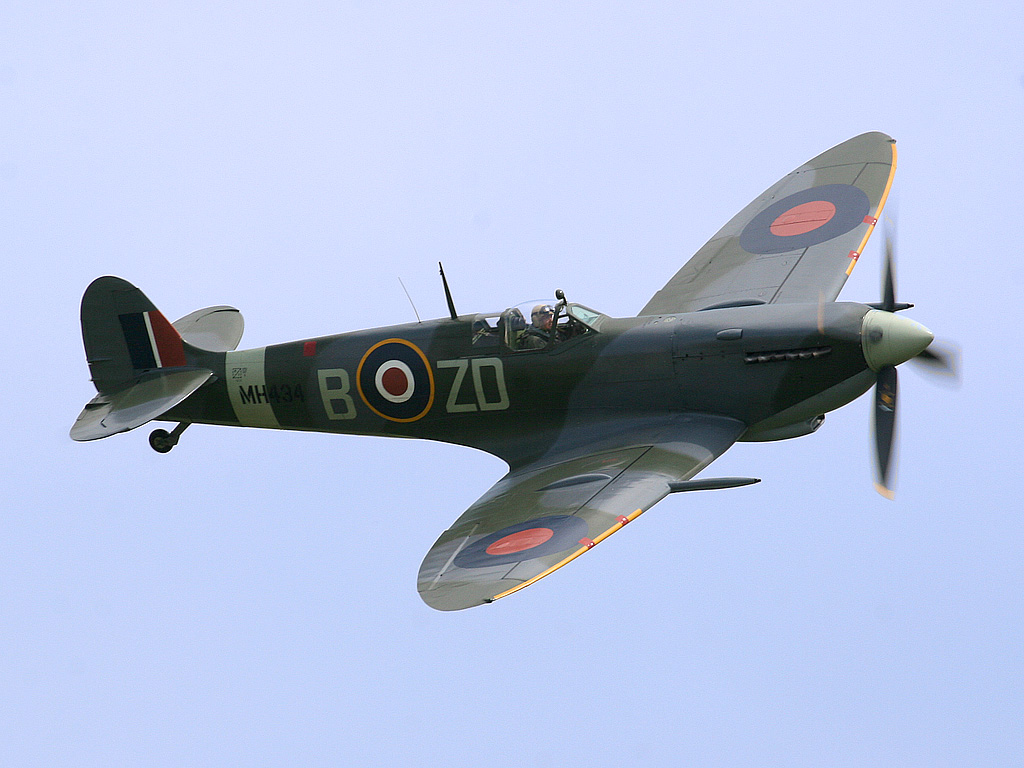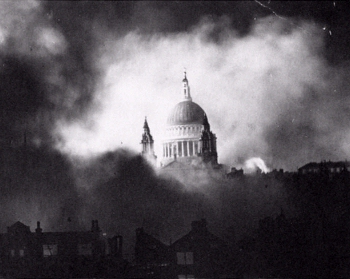Rob cuppini's army
Friday, January 21, 2011
Wednesday, December 22, 2010
Sherman tank
The Sherman Tank was a light weight in the tank battles of world war two. When in a one on one battle the Sherman was no match for just about any tank that it would face in world war two. The Sherman had about 2 inches of armor on it, that seems like a lot but compared to the 7 inch armor on the King Tiger, the Germans were producing late in the war, it was not very much. The main gun on the Sherman was also not very large it was only a 75 mm gun, compared to the 88 mm on the king tiger, or the JS III soviet tank with a 122mm main gun. If you want a modern day comparison to the JS III the M1A2 main battle tank of the United States only has a 105mm gun. As you can see the Sherman was out-classed in almost every category. The only thing that did help the Sherman is the nearly 49,000 tanks that were built during world war two.
Saturday, November 13, 2010
Panzer IVA
The Panzer IVA entered into active service in 1936. It was 18 feet 8 inches long and 9 feet 4 inches wide. Its max armor was 20 mm or .8 inches. It weighed approximately 17.3 tons. It had a top speed of 18.5 miles per hour. Its main gun was a 75 mm or a 2.9 inch gun. This was a much larger gun than any of the allies tanks at the time
Panzer II
The Panzer II was in service in the German Army during all of world war two. It was first designed in 1935 it weighed approximately 7 tons and had a top speed of around 16 miles per hour, a large increase from the world war one tanks that traveled at 2-4 miles per hour. The Panzer II had a small main gun when compared to its later models such as the Panzer III & IV. The Panzer II had an operational range of about 200 km or about 120 miles.
Friday, November 12, 2010
British Spitfire
The British Spitfire was the primary fighter of the RAF during world war two. It was used extensively during the battle of Britain. The spitfire was technically out matched by the superior German Me 109. My guess as to why the spitfire was so effective against the Me 109s was partly do to the use of radar, and that the spitfires could stay in the air much longer that their German counterparts. The Spitfire would remain in service thought the war although some of its operations were given to the new P-51 mustang.
After watching the video in class I was trying to find pictures from the blitz when i found this picture. This is a picture of St. Paul's cathedral from 1940 during the Nazi blitz. The incendiary bombs were most likely dropped by Junkers Ju 88 bomber, I can't tell for sure if this is the bomber that did most of the damage but i can guess due to its roles as a night fighter/tactical bomber.
Monday, November 8, 2010
STG-44
The STG-44 (right) was a German assault rifle made in 1944. It was in service until the end of world war two by the Nazis in 1945. The STG-44 is one of the first massed produced assault rifles of its time. It fired a 7.92 mm round, this round is bigger than the Ak47's 7.62mm and the M16's 5.56mm. The STG-44 wieghed in at 11.5 pounds slightly heavier than the 11.6 pound U.S. M1 grand.
Sunday, November 7, 2010
Great grandfather to the .50 cal sniper rifle?
The Boys anti-tank rifle Mk I was made by the British in world war two. The round that is fired was 13.9x99mm, to give you an idea of how big that is the modern day .50 cal bullet is 12.7x99mm. This rifle fired a larger round than its modern day counterpart. The Mk-1 was in service from 1937 - 1943. It was used by almost every country in world war two. It weighed in at around 35 pounds and was 5 feet 2 inches long.
PPSh-41
The PPSh-41 is a Russian sub machine gun created in 1941. The PPSh-41 was massed produced though out world war two. It was used for the most part by the Soviet union, but the PPSh-41 was captured and used by the Nazis, the Chinese, Vietnam, North Korea, and Hungry. There is a high chance that the PPSh-41 could still be in active service in Korea or China along with the AK-47.
Subscribe to:
Posts (Atom)






